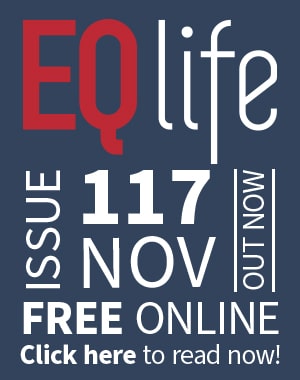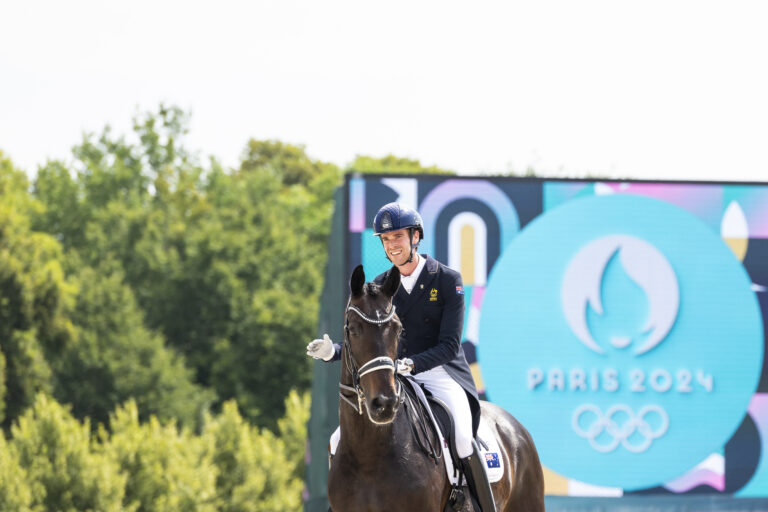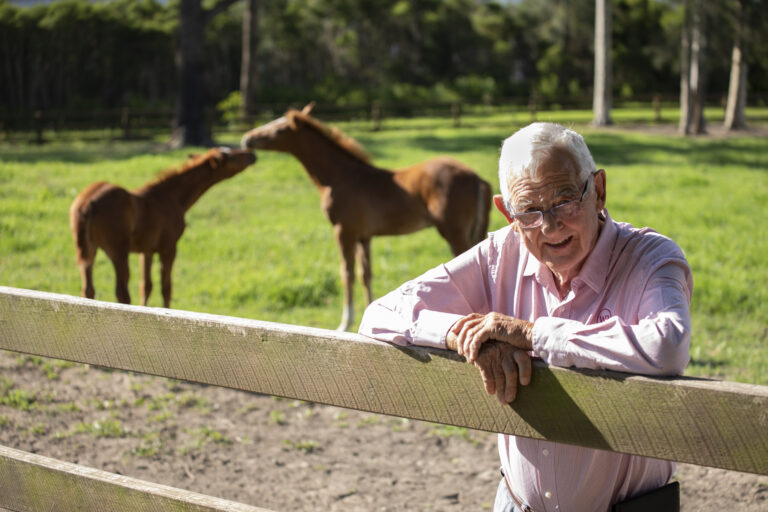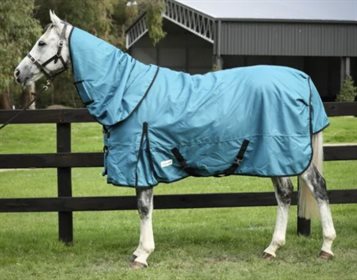This article first appeared in the February 2022 digital edition of Equestrian Life. To see what’s in the current issue, click here.
Osteochondromas: benign but irritating
By Dr Maxine Brain
Osteochondromas are abnormal bony growths that develop towards the end of a bone, generally in the vicinity of a growth plate. They are benign tumours that can occur in multiple species of animals and humans, and although they can become malignant in some species (dogs and humans), osteochondromas have not shown any cancerous transformation in horses.
These bone growths are more commonly seen in the horse in the distal caudal (lower, hind) aspect of the radius, which is the bone above the carpus or knee, but have also been diagnosed on the front of the radius, on the tibia or long bone above the hock, the calcaneus bone at the back of the hock, the upper pastern in Tbourida horses and the nasal bone.
Osteochondromas differ from other bony growths known as exostosis in their histological make-up, with osteochondromas having a cartilage cap, which is a remnant of cartilage that would normally undergo endochondral ossification to form bone. An osteochondroma will also show evidence of a bone medullary (inner core) and a cortical (outer) structure, whereas normal bone exostoses such as splints and ringbone have no cartilage and develop simply as an extension of the bone cortex. It is thought that osteochondromas are developmental rather than neoplastic in origin and occur because a small area of the cartilage in a growth plate region becomes displaced during the normal growth phase and develops into a separate area of bone growth, above the original growth plate….
Read the full article in our February 2022 magazine here.









